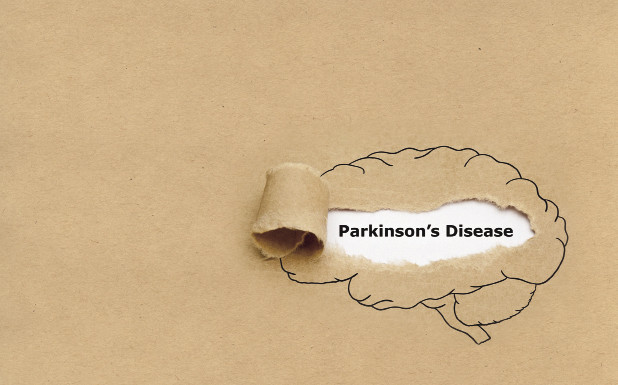
Parkinson’s disease is one of the few chronic degenerative diseases of the nervous system that can be treated and controlled. However, many people often assume that Parkinson’s disease is the same as Parkinsonism (Parkinson’s syndrome). There is a relatively significant difference between the two.
What is Parkinson’s disease?
It is an independent disease characterized by the absence of dopaminergic nerve cells in the midbrain. This causes four types of clinical disorders namely slow movement, static tremors, muscle rigidity, and postural gait. Slow movement is the core symptom of Parkinson’s disease. Other non-motor symptoms include sleep, mental, sensory and autonomic nervous disorders.
What is Parkinsonism?
Parkinsonism also means Parkinson’s syndrome. It does not refer to a single disease. It is a general term for a group of diseases with clinical manifestations like the main symptoms of Parkinson’s disease as described above. For example, if a patient displays slowness of movement, either with or without tremors, Parkinsonism may be considered by medical professionals in the initial diagnosis.
What are the three types of Parkinsonism?
Parkinsonism is divided into secondary, hereditary, or primary. This depends on the cause, genetic and environmental factors, aging of the nervous system, as well as the interaction of multiple other factors.
Let’s dive deeper. What is secondary Parkinsonism?
Secondary to other main diseases of the nervous system which include cerebrovascular diseases, brain trauma, intracranial inflammation, brain tumors or Parkinsonism caused by heavy metal of carbon monoxide poisoning. The clinical manifestation presented by secondary Parkinsonism may also be slow movement, static tremors, muscle rigidity and other symptoms.
Secondary Parkinsonism can occur in any age group and accounts for approximately 8% of all Parkinsonism patients.
Is hereditary Parkinsonism genetic?
Yes. It is a genetic degenerative disease with manifestations of Parkinsonism. This includes hepatolenticular degeneration, Huntington’s disease, Hallervorden-Spatz’s disease etc.
What about primary Parkinsonism?
Primary Parkinsonism is split into two categories. Parkinson’s disease (refer above) and Parkinsonism-plus syndrome which refers to multiple system atrophy and Lewy body dementia, etc. The lesions in the nervous system in Parkinsonism-plus are more extensive, progressive, and severe and often do not respond well to levodopa treatment.
How can Parkinson’s disease patients be supported?
Patients and their families should maintain an optimistic attitude regarding the long- term management of Parkinson’s disease. Get an accurate diagnosis as soon as possible. Standardized treatment and optimal scientific management of movement disorders and mental illnesses are key to improving the quality of patient’s lives. Both society and the patient’s family can support patients in living a productive and quality life.

Dr Chen Yan
Acting Chief of Neurology
Jiahui International Hospital
Tel: 400 868 3000